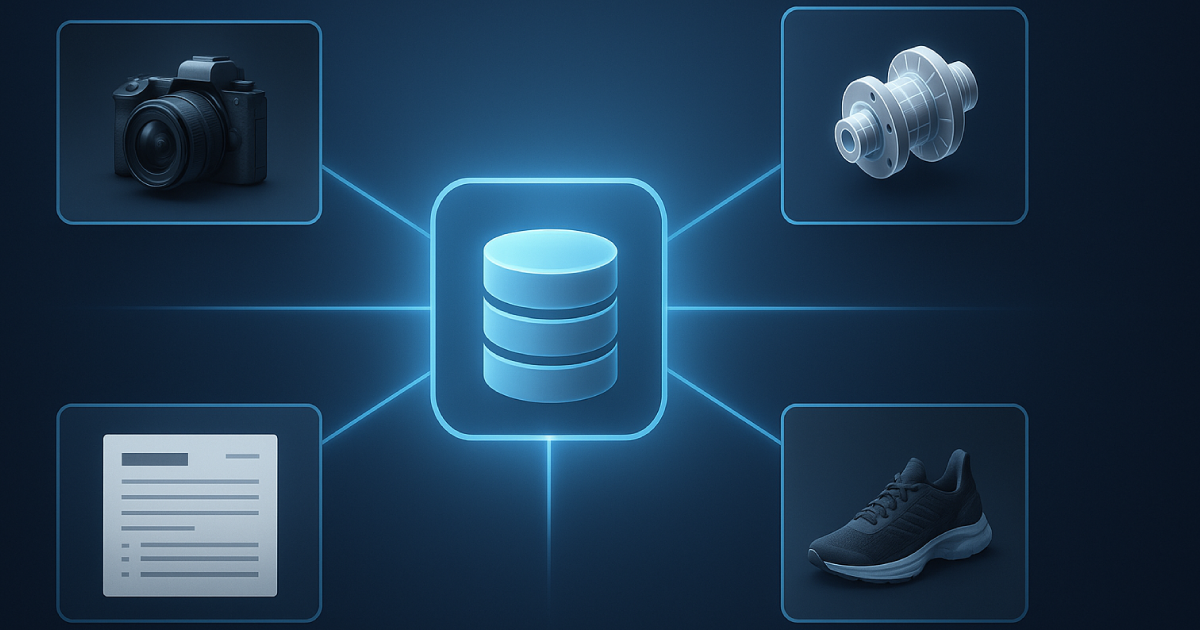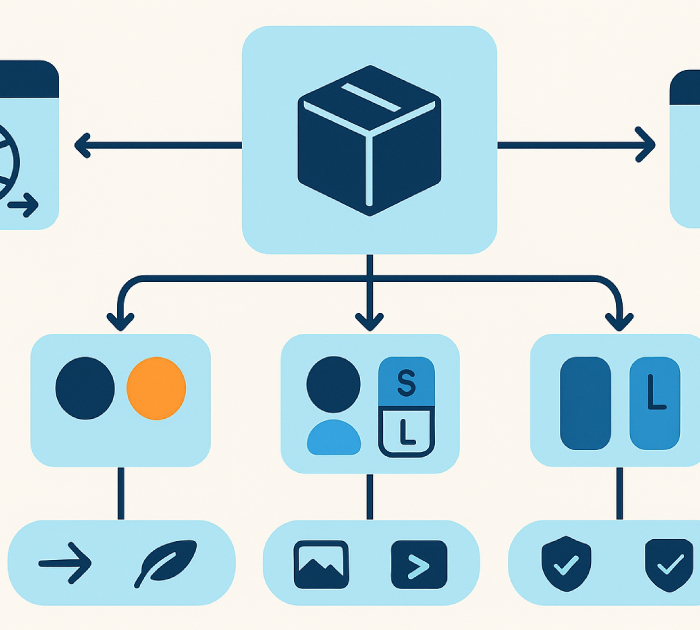Picture this: your marketing team is racing to launch a new product line. The engineering folder holds a CAD screenshot from last month, the sales team has a low‑res JPEG from last year, and a designer swears the updated 3‑D render is “somewhere on the network.” Sound familiar? For manufacturers clearing the $30 million mark—and juggling distributors, e‑commerce, and print catalogs—asset chaos isn’t just annoying; it’s a revenue blocker.
Enter Perfion PIM, the central nervous system that links every image, 3‑D model, and spec sheet directly to the products you sell.
Why scattered assets strangle growth
Brand inconsistency – Outdated images slip into print runs or Amazon listings, making your product look like a knock‑off of itself.
Launch delays – Teams spend hours hunting for “final_final‑v10.png” instead of enriching product pages.
Regulatory risk – Old safety datasheets trigger compliance fines or forced recalls.
Duplicated effort – Multiple departments edit the same file in parallel, only to discover conflicts at the eleventh hour.
When each minute of delay costs thousands in lost sales and chargebacks, the fix must be smarter than another mega‑folder labeled “2025 Assets – USE THIS ONE.”
What makes Perfion different from a shared drive?
Structured asset linking
Images, PDFs, and 3‑D files attach directly to SKUs, variants, or categories. Change the hero shot once, and every channel—dealer portal, print catalog, or e‑commerce site—instantly serves the updated version.
Automatic format variants
Upload a single 8 000‑pixel TIF; Perfion generates the 1 500‑pixel JPEG for Shopify, the 300‑DPI TIF for print, and the 60‑kilobyte thumbnail for mobile—all using preset rules.
Version control with audit trails
Need to know which engineer replaced the STEP file or when marketing updated the lifestyle photo? Every change is stamped, logged, and reversible.
Rights and usage governance
License about to expire on that stock image? Perfion schedules reminders and even pulls the asset from outgoing feeds on the expiration date—no legal fire drills.
API‑first integrations
Whether you use Adobe Experience Manager, a legacy DAM, or a homegrown portal, Perfion’s open API streams assets and metadata in real time.
A 5‑step roadmap to centralized asset sanity
1. Inventory the chaos
Run a file crawl across servers, cloud drives, and external disks. Tag duplicates and flag obsolete formats. Yes, it’s painful—think ripping off a Band‑Aid so the wound can heal.
2. Define your taxonomy
Agree on naming conventions, attributes (e.g., angle, resolution, language), and lifecycle statuses. Consistency here makes automation sing later.
3. Bulk import into Perfion
Use Perfion’s spreadsheet‑style import to map assets to SKUs. Drag‑and‑drop folders or leverage the API for truly massive catalogs.
4. Set transformation rules
Configure presets for each channel—size, DPI, format, watermarking—so marketing never resizes images manually again.
5. Train and enforce
Role‑based permissions let marketing upload lifestyle photography, while engineering owns 3‑D CAD files. Outdated assets become read‑only, preventing rogue uploads.
Real‑world wins you can measure
Search‑to‑find time drops from 15 minutes to under 30 seconds per asset.
Launch cycles shrink by 40 %, thanks to instant access to approved visuals and docs.
Error rates on product pages plunge below 1 %, eliminating costly reprints and listing suspensions.
A Fortune‑500 component maker even credited its Perfion rollout with a 12 % e‑commerce conversion uptick, attributing the lift to consistent high‑res imagery across every channel.
Common pitfalls (and how to dodge them)
Skipping taxonomy planning – A sloppy naming scheme today equals a search nightmare tomorrow.
Migrating everything at once – Start with active SKUs; archive outdated lines for later.
Ignoring user buy‑in – If teams cling to local copies “just in case,” educate them on real‑time benefits and lock down the old folders.
Ready to bring order to your asset universe?
Centralized digital assets mean faster launches, bulletproof compliance, and a brand that looks sharp everywhere it appears. Fonseca Advisers helps manufacturers migrate, integrate, and optimize Perfion PIM—so your team tells better product stories instead of managing filenames.
Perfion handles high‑res images, CAD files, 3‑D renders, spec sheets, safety PDFs, and even videos—linking each asset directly to the correct SKU or product family.
When you update an asset in Perfion, the system automatically publishes the new version to connected e‑commerce, distributor, and print channels, eliminating manual uploads and outdated content.
It can. Many manufacturers retire standalone DAMs after migrating to Perfion, but you can also integrate Perfion with an existing DAM using its open API if you prefer a hybrid approach.






